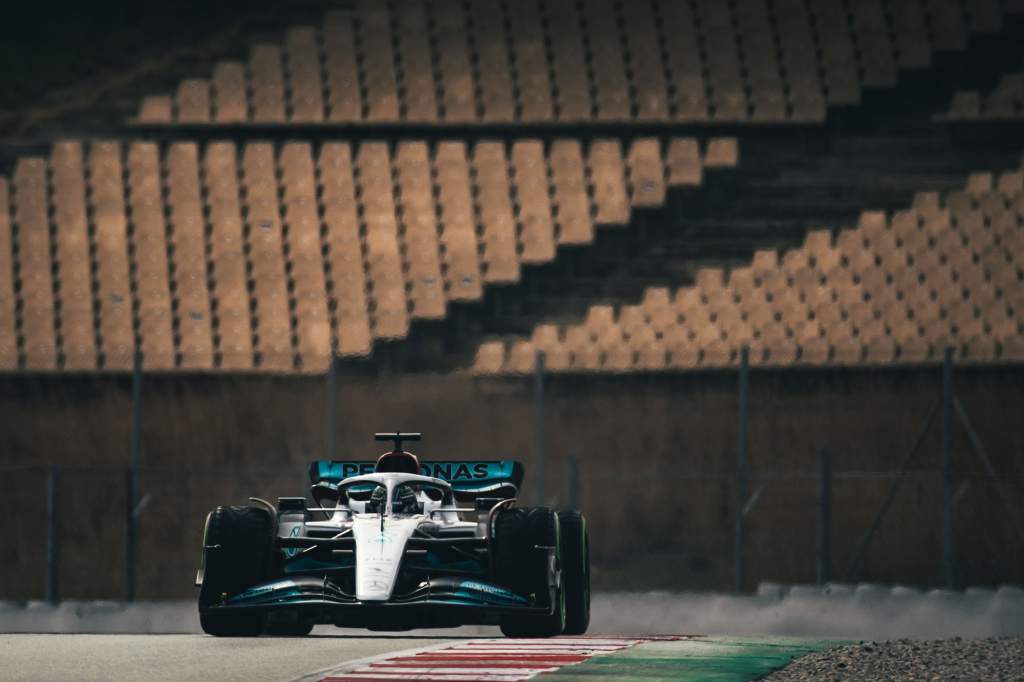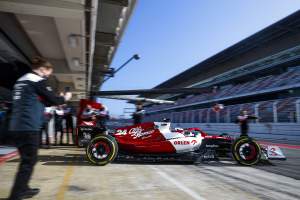Up Next

Formula 1’s new-generation cars only broke cover last month, so with the development curve still steep expectations are high for some big changes to the cars in this week’s second test in Bahrain.
But will that stretch to teams producing ‘b-spec’ machines or even full-on new cars?
There will be two strands of upgrades that appear at Sakhir. One will be what might be called the standard developments that reflect the progress made since the test-one car was signed off – however long ago that is. So this is not primarily work done in the 12-day gap between tests, but instead the ongoing development.
The other will be developments directly triggered by the test and rushed through. In particular, this will apply to measures to mitigate porpoising, which could mean modified floors as well as ride height tweaks.
Different teams will take different approaches, but there’s significant interest in the upgrades Mercedes will bring for its W13, which set the fastest time in the first test.
The team has not boasted publicly about the scale of its upgrade, but it’s expected to include some significant aero changes – including to the sidepods. It’s understood that the pace of the car is expected to be markedly faster.
It’s possible Mercedes has taken a similar approach to the one it took for the last two rule changes when it was able to develop a new car. Last year there were tweaks to the floor that had a big impact, but carryover cars meant that it wasn’t possible to make significant changes.
But the much-misunderstood case study of what Mercedes did in 2019 suggests a route the team might have opted for with the W13.
After struggling for pace in the first test with a relatively basic car, it introduced a major upgrade for the second. This was particularly noticeable because it involved a switch from inwash to outwash front wing endplates.
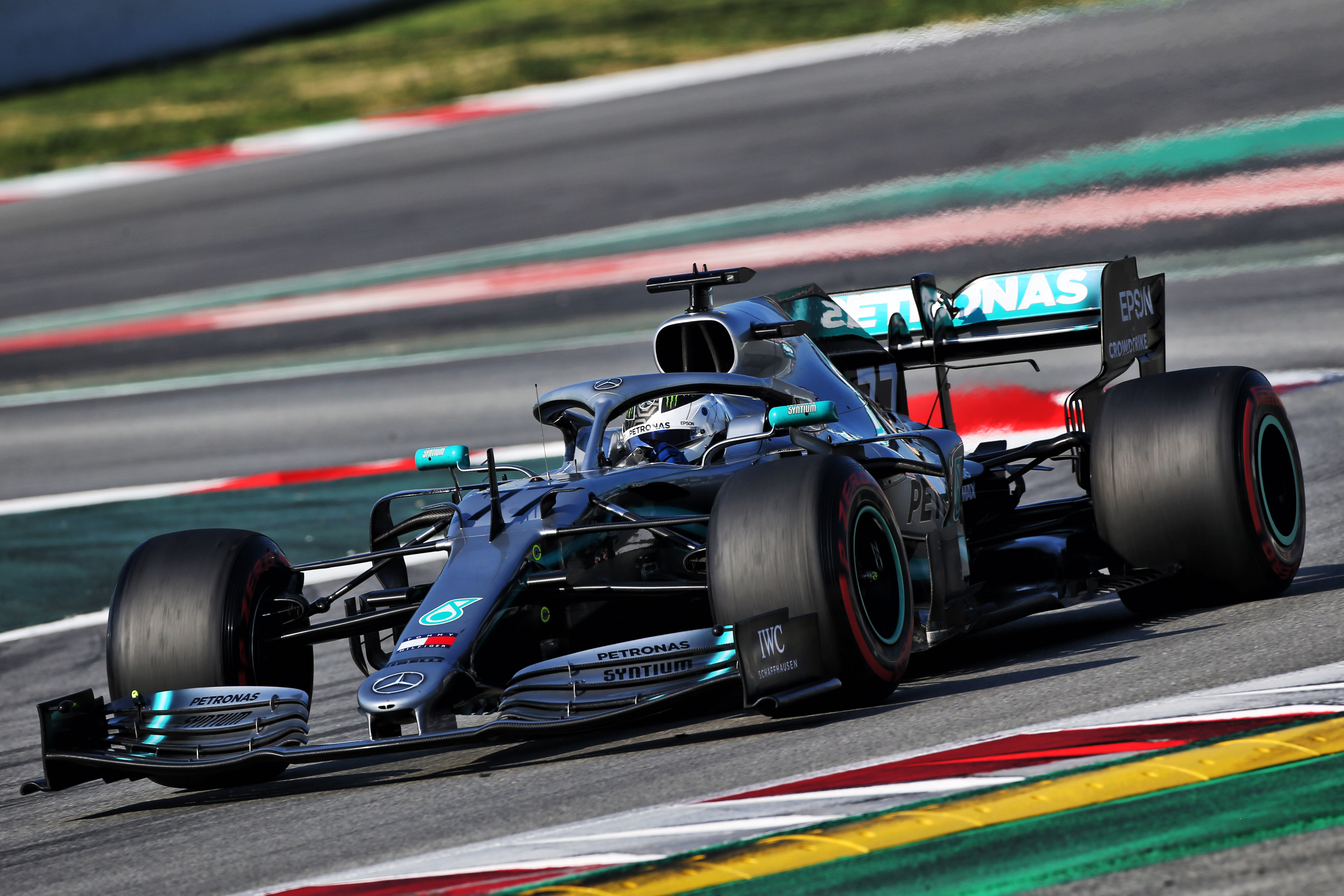
But while it was described by many as a new car, that wasn’t really the case. Instead, it was simply a leap forward of a couple of months in the development of the same car, one that was particularly noticeable as it included a period where Mercedes managed to make outwash front wing endplates work – hence the switch from the inwash design used in test one.
It was, however, a big step. And the lesson is that this approach allowed Mercedes to ensure it had the most highly-developed car for the start of the season by signing off and building its first-test car in November.
Speaking at the end of the 2019 season, technical director James Allison explained the rationale behind this approach.
“We did the same thing in 2017,” said Allison then. “There was a reasonable aero reg change in 2017 and we built two cars then.
“It was exactly the same rationale, knowing that at the beginning of big changes the slope is so steep – a week finds you a tenth, two weeks 0.2s – that could be such a big difference when you come to line up on the grid that you want to make sure that you build your final set of clothes as close to the death as possible.
“So the second week is better than first week from that point of view.
“But more importantly, if you’ve got everything out of the way good and early by releasing an uncompetitive set of clothes, then you have got more of your factory horsepower available to focus on the upgrade package, which means you can leave it later still.
“It might take you six or eight weeks to make a floor or whatever. If you’ve got more of your composites department available and more of your machining capacity available, you can do it in a shorter [time].
“So not only have you bought the extra week by going [with the final spec] to the second test rather than the first, but you’ve bought an extra couple by having more of your physical resource available to work on it because they are not working on everything else.
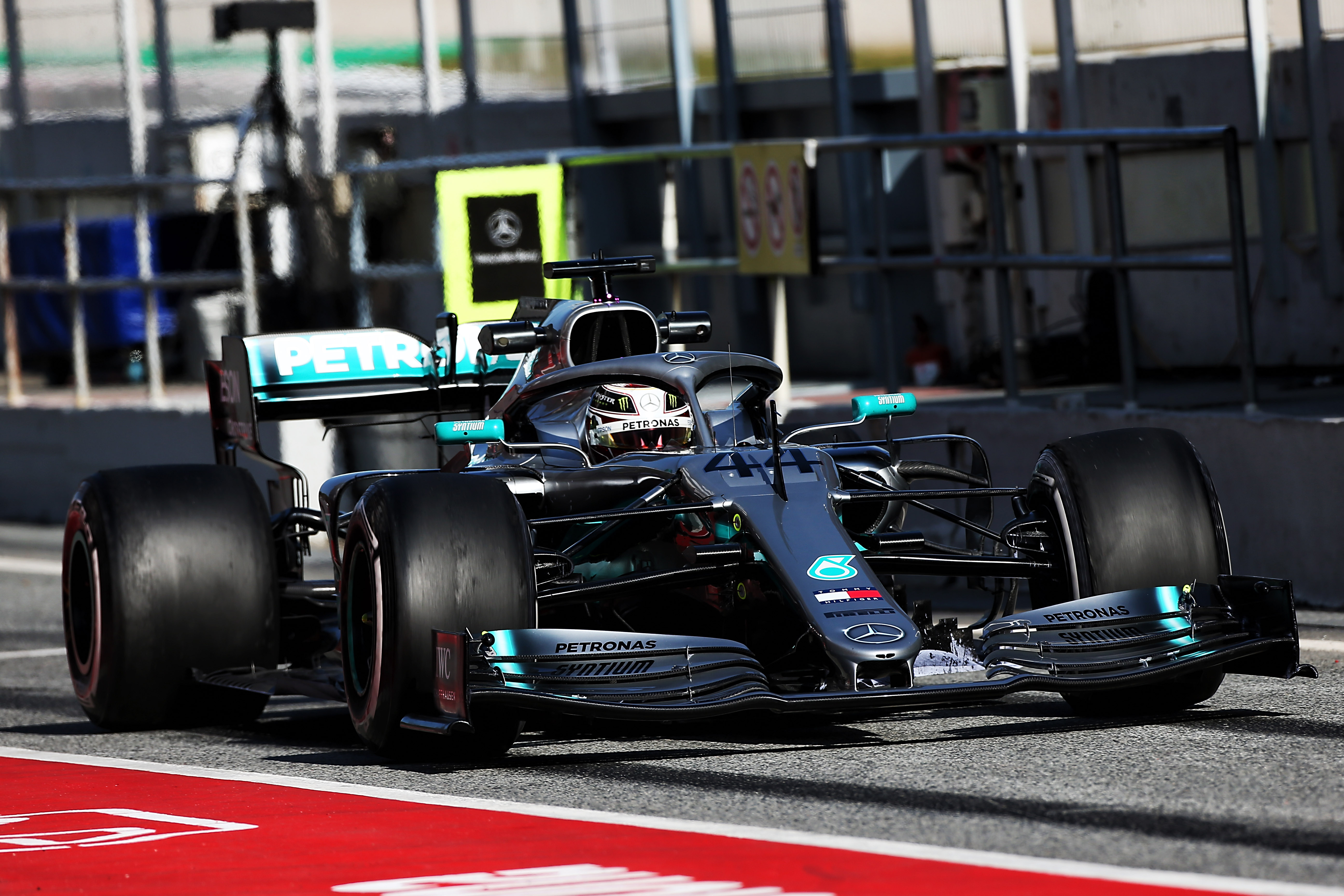
“So we did that in ’17 and we judged that ’19 was going to be sufficiently big a thing that it would be worth the effort again. That very clear to us at the point where our first windtunnel run [to the new rules] was 2.5s down, 25% down.
“We knew that the line would look [steep] like that and this method of working would probably reward us.”
The misunderstanding about what happened is simply a question of emphasis. It was not a ‘new’ car despite the many changes – it was merely a much more developed version – but it was also motivated by a desire to optimise development rather than to hide what it was doing. It wasn’t even referred to as a b-spec, as this term is now rare in F1 given the constant evolution of the cars rather than the reliance on a few major packages.
As it happened, Mercedes struggled to unleash the expected performance gain during the first three days of the final test, but a set-up breakthrough on day four meant it could go to Australia and win from pole position.
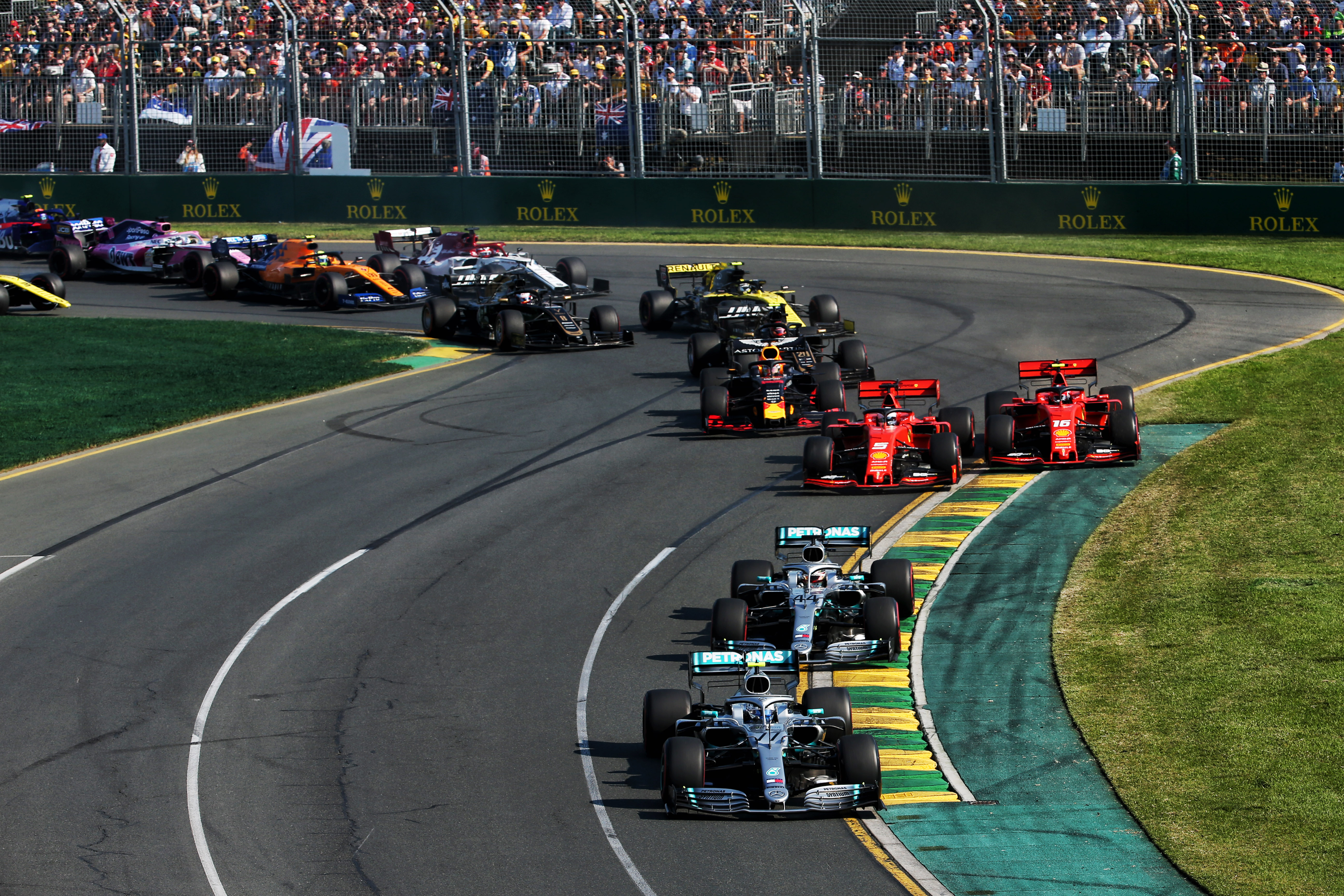
Even then, Mercedes didn’t expect to start so strongly, but knew it had a car that over the course of the season would allow it to outdevelop its rivals.
Mercedes hasn’t said emphatically it has taken this approach in 2022, but given it did so successfully in the past, it would seem logical for it to do something similar. And the engine fired up just before Christmas, the earliest Mercedes has ever done this, indicating it was well ahead.
Add to the mix the cost cap, which allows some parts inventory to be carried over, and there’s extra incentive to get parts built the previous year.
The word is that there will be sidepod changes to the Mercedes, but we won’t see what has changed until the parts appear on the car during the test. However, whether you call it a b-spec, a ‘new‘ car or just a big evolutionary step the upshot is the same – if Mercedes has got it right, that potentially means bolting on a couple of months of development at a time when the curve is still steep under new rules.
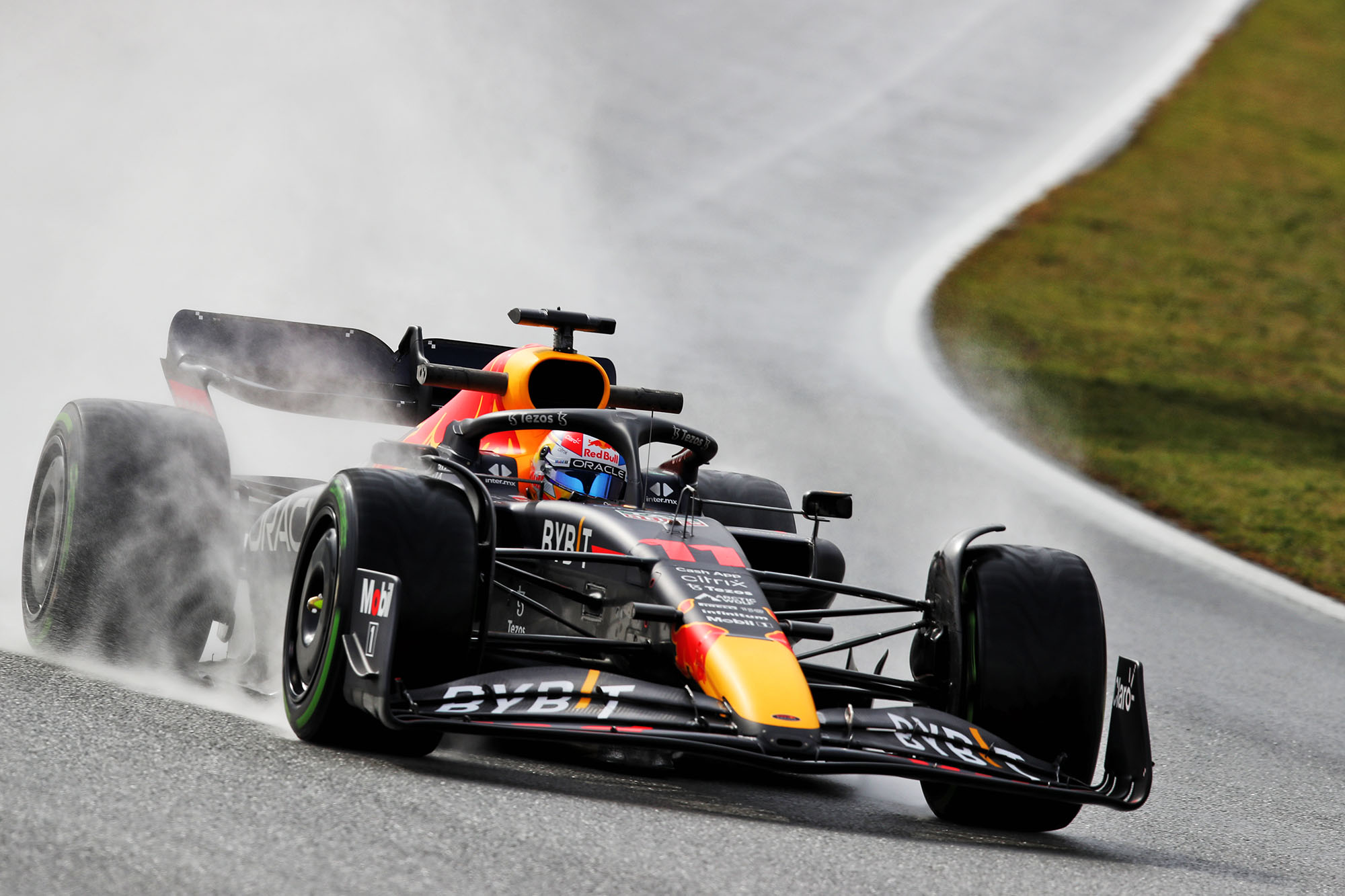
Mercedes doesn’t have a monopoly on this approach. Red Bull has done similar things in the past and is also expected to bolt on new parts.
Similarly, Red Bull is also expected to make changes to the RB18. It’s already a distinctive car, with aggressive treatment of its front suspension, floor and sidepods and beam wing, but it will aim to take a big step.
Ferrari team principal Mattia Binotto has indicated that the F1-75 won’t change dramatically. Instead, the focus will be on optimising the car that it had at the first test. McLaren could take a similar approach, although it has not indicated what its plans are.
But even if teams aren’t making major changes, there will still be new parts, so there’s every reason to keep an eye on Ferrari and McLaren, who both showed a promising level of performance in the first test.
As for the other teams, AlphaTauri technical director Jody Egginton has said there will be some new parts in Bahrain, although its first major upgrade will be for the fourth race of the season at Imola.
“We’ve got a few bits and bobs for the test in Bahrain, then we’ll have a few bits and bobs for the race,” Egginton told The Race.
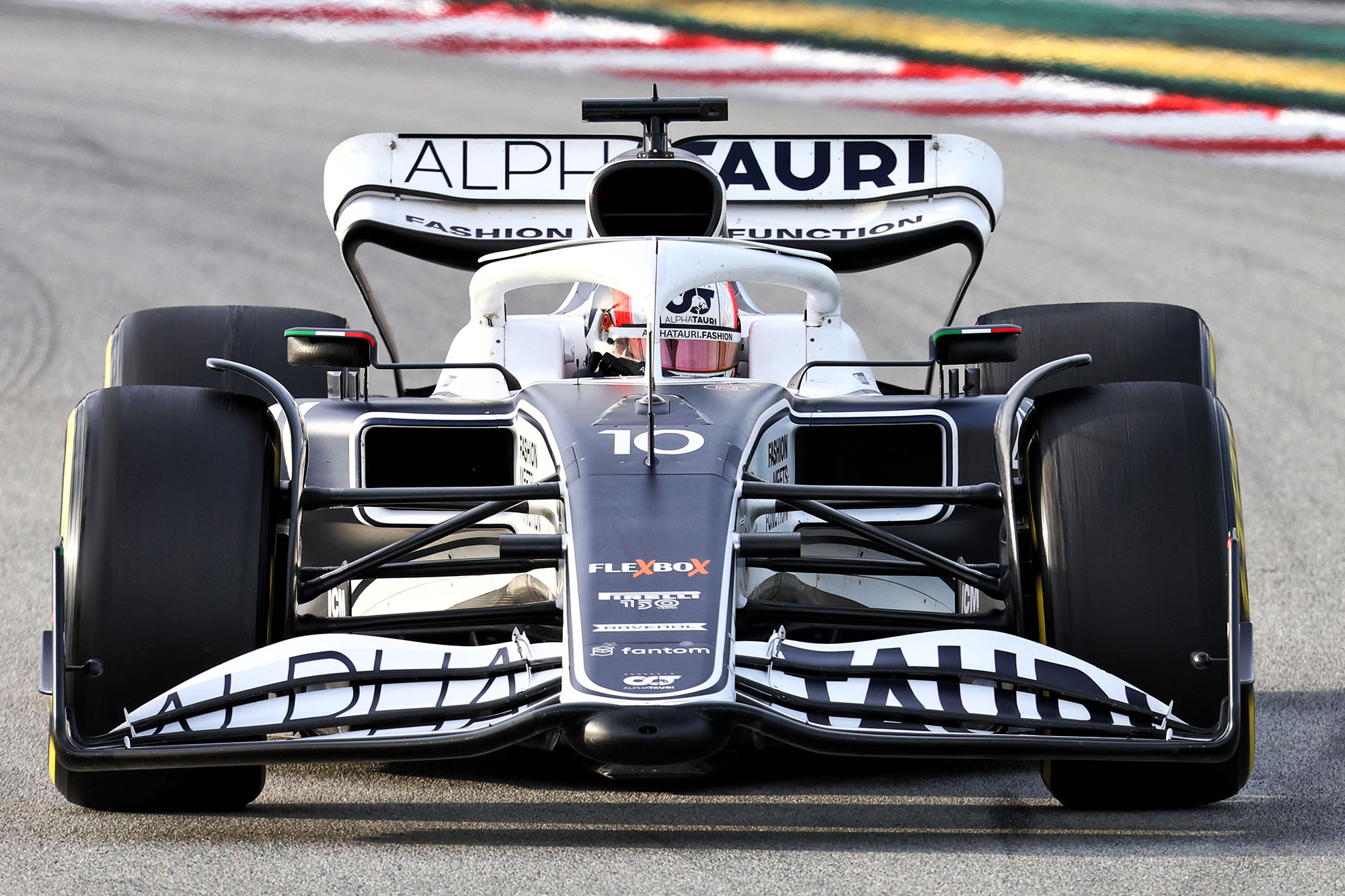
“Then the next big one will be Imola.
“Logistics, time to breathe and budget cap mean you’ve got to spend your money [strategically].”
Alfa Romeo has promised fixes for the porpoising problem, which will include modifications for the floor. Technical director Jan Monchaux described himself as “reasonably confident” it would “hopefully” have fixed it with new parts for the start of Bahrain test.
“We had discussed during the last months about those kind of phenomena that could happen but none of our tools – windtunnel and other simulation tools – were giving a hint of it,” he said.
“We were a bit taken aback, which has been the case for probably all of the teams or most of the teams.
“In itself, I would suspect that we are going to get that under control with some modifications mainly on the floor that will allow us to get a bit closer to our optimum [ride height] but with the current state of the rules I would also expect that we would have to settle slightly higher than we all thought at the beginning.
“So the question would be how much higher? Is it 3-5mm or is it 20mm? I hope it will be 5mm because the rework on the car will be less, but we will see.”


